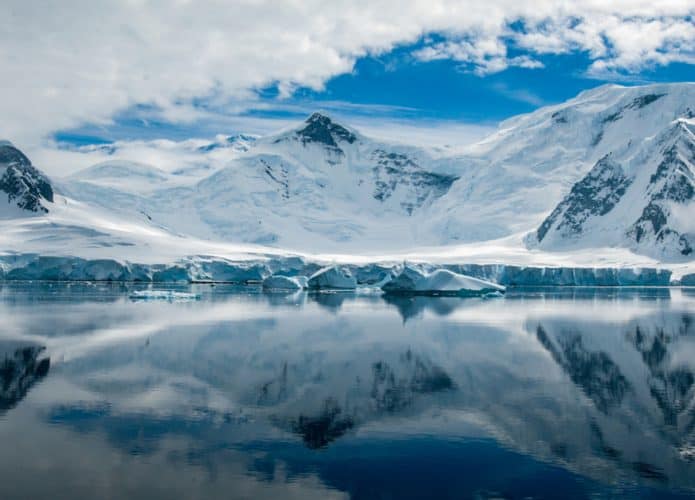Antarctica, a vast icy continent, remains one of the final frontiers of human exploration. Shrouded in mystery and beauty, this polar region contains geological, environmental and climate secrets that have fascinated scientists, explorers and nature lovers over the years. Let's learn more about the frozen continent together, where science, conservation and discovery intertwine?
Read more
10 fascinating curiosities about Antarctica
1. Emperor Penguins:
Antarctica is home to the emperor penguin (Aptenodytes forsteri), the largest and most famous penguin species. Known for their impressive colonies and diving abilities, these majestic birds have unique adaptations that allow them to survive in the harsh conditions of this icy continent.
2. Human profession:
Due to its specific characteristics, Antarctica is the only continent in the world without a fixed human population. Despite its inhospitable climate, Antarctica is home to research stations run by several countries. The United States established its first permanent base, McMurdo Station, in 1956. Today, human presence is primarily concentrated at temporary scientific stations, with research important for understanding the global impact of climate change.
3. Late detection:

Antarctica was explored much later than the North Pole. While the Arctic had seen expeditions as early as the beginning of the 19th century, Antarctica was not officially discovered until 1820. The first dryland expedition took place only in 1895, led by Carsten Borchgrevink. Since then, many scientists have continued to explore the frozen continent.
The expedition led by Norwegian explorer Roald Amundsen reached the geographic South Pole on December 14, 1911. Amundsen and his team were the first to reach this extreme point on Earth, surpassing the British expedition led by Robert Falcon Scott, which reached the South Pole on January 17, 1912, weeks later. A few from Amundsen.
4. The danger of global warming:
Antarctica is facing the consequences of global warming, as rising temperatures contribute to the melting of ice shelves and the collapse of icebergs. These changes have direct impacts on marine life, sea level rise, and global climate dynamics.
5. Antarctica was habitable in the past:
Millions of years ago, Antarctica had a milder climate and was home to forests. Plant fossils, such as Glossopteris, show that the continent was once part of a supercontinent called Gondwana. The transition to the glacial landscape we know today occurred over geologic time.
6. Subglacial Mystery:
Recent discoveries of subglacial lakes and microbial ecosystems beneath ice sheets add an element of mystery to Antarctica. Isolated for thousands of years, these regions can offer unique insights into resilient life forms and extreme conditions.
7. The largest desert on Earth:

Despite its vast ice sheets, Antarctica is classified as the largest desert in the world. Annual rainfall is very low, and the arid and windy conditions contribute to a dry, cold environment similar to many hot deserts.
8. Antarctica Treaty:
The Antarctic Treaty, signed in 1959, stipulates that Antarctica is an area designated for peaceful scientific research. Currently, more than 30 countries maintain research stations and operate under treaty principles that prohibit military activities and mineral exploration.
9. Sunrise in Antarctica:
During the Antarctic winter, the sun disappears for several months, plunging the region into darkness. However, during the summer, Antarctica experiences the “midnight sun” phenomenon, where the sun remains visible for 24 hours, providing surreal landscapes.
10. Unique adaptations of marine life:
The waters around Antarctica are home to a unique array of marine life, including creatures like krill, which is key to the food chain. The extreme adaptation of these species to icy environments highlights the remarkable biodiversity of this polar region.

“Hardcore beer fanatic. Falls down a lot. Professional coffee fan. Music ninja.”







More Stories
Science Backs Yoga’s Benefits for Women Who Want to Live Longer
MAI/DAI’s first round invests around R$35 million and brings together over 250 scientists and companies; see preliminary result
Wilson Lima Announces $1 Million Investment in AM Science